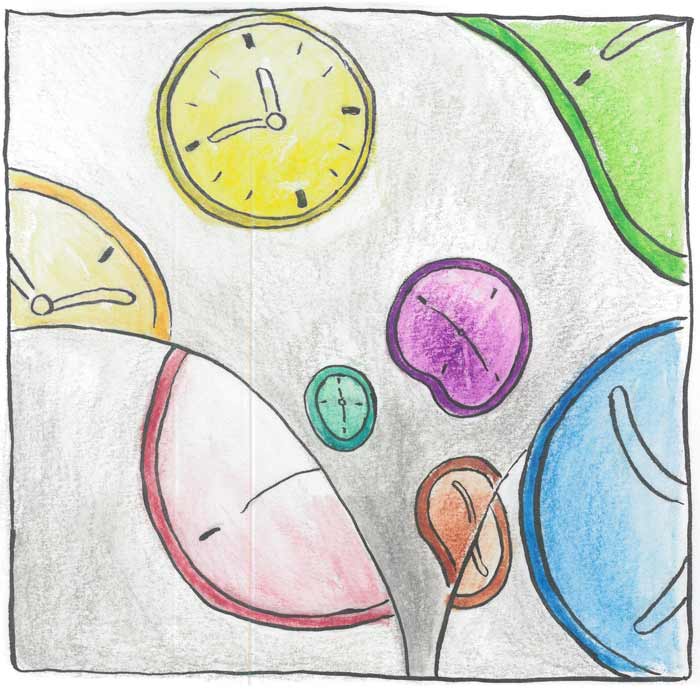


Renold Chu (Chuan Shu),
Sutra Study Student, Chung Tai Zen Center of Houston
Sitting and walking meditation are the best ways to train our mind in stillness and action. We practice mindfulness during sitting and walking meditation if we can achieve uninterrupted mindfulness, we can bring forth and abide in the pure mind, which is inherently in the non-duality of samadhi and prajna. This is particularly evident at the end of walking meditation. Mindful walking meditation should involve only the thought of each step. When the monitor shifu strikes the board, not only the step but also the thought associated with the step must be stopped instantly without any lingering thought. We are frequently asked by shifu if the mind is in stillness or in motion. I believe that the pure mind is neither in stillness nor in motion. Body in stillness or in motion is the effect of the mind.
One of the best opportunities to train the mind in motion is during driving in chaotic urban traffic. We should remain calm while going slowly in a traffic jam. It’s not difficult to perceive the empty nature of traffic conditions. Traffic is most congested during morning and evening rush hours when people are going to work and leaving for home. Congestion dies down when most people travel out of jammed areas. There is light or virtually no traffic during the late night or early morning. This pattern happens almost but not the same way each day as different conditions arise daily. The process is inherently dynamic and hence empty in nature. It is similar to our reincarnation from life to life. Certain karmas appear in consecutive lives and new ones are acquired in each life. The whole process is a complicated interlocking of causes and effects. Similarly, traffic conditions change when there’s road construction or major accidents. So, don’t get mad. Check Google Maps to be aware of traffic conditions and any alternative routes. We can deal with unruly or reckless drivers the same way.
There are a myriad of causes and conditions why people drive the way they drive. For example, someone could be late for work. Someone might be rushing a sick family member to the emergency room due to lack of insurance. Someone might just habitually weave in and out of traffic or wait till the last moment to merge. We can’t expect when and where someone will cut in front of us. Also, the driver who cuts in front of us unexpectedly will leave us soon. There’s no reason to go tit for tat, let alone crash due to road rage.
All the problems boil down to our failure to recognize that traffic conditions are dependent arising, every driver is impermanent, and no one has full control over how other drivers behave. We can react positively in these situations. For example, we can drive courteously and let others merge in front of us. If we find a congested lane due to traffic merging, we can switch to other lanes, if traffic conditions permit. This can improve merging conditions. Also, we can switch to inner lanes when approaching highway entrance ramps to avoid the hazardous condition of high-low speed merging.
Although we have no control over how other drivers drive, we can influence them positively by how we drive. The situation can spread, and traffic conditions can improve. During my past vacations, I have witness people drive courteously and traffic moves orderly in some parts of the country. On the other hand, driving with bad manners can spread. We can easily become entangled with others’ bad karma. Bad common karma can be formed like aggressive driving in many cities. Traffic conditions are certainly getting worse.
In summary, the best way to remain calm in any traffic condition is to take a deep breath and bring the mind back to the present moment. With the mind at the present moment, we can avoid all kinds of wandering thoughts, which would only further aggravate the current unpleasantness. By dealing with the unpleasantness head-on, we have the prajna to remain calm.